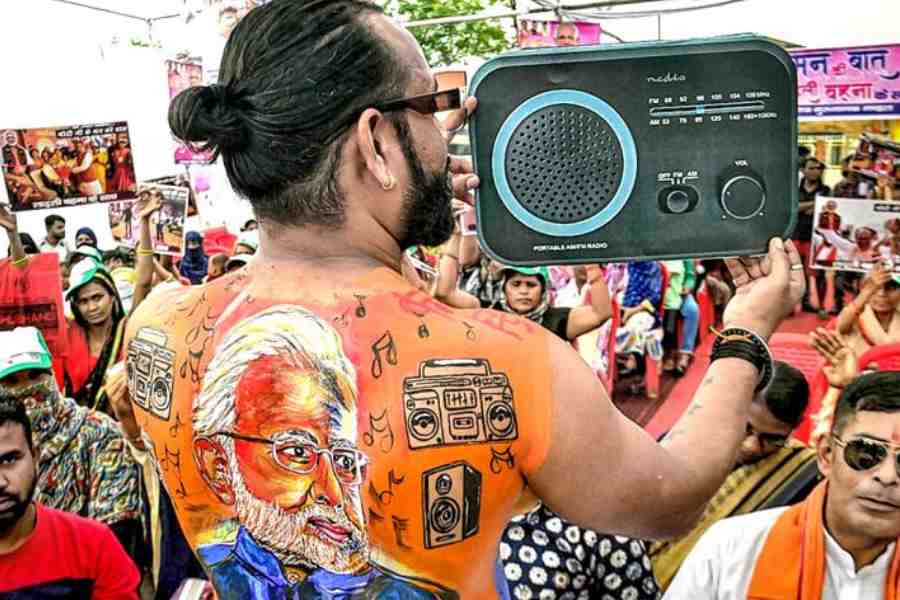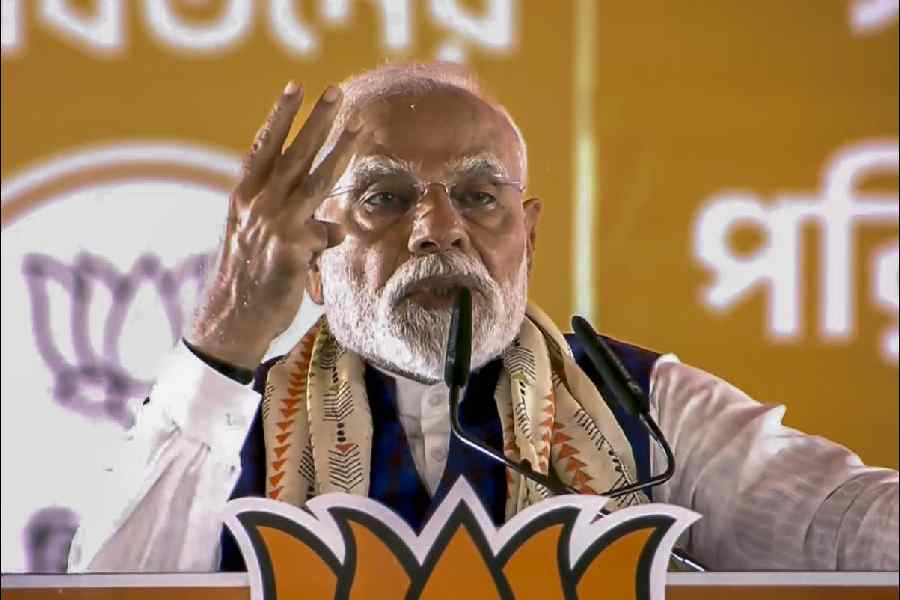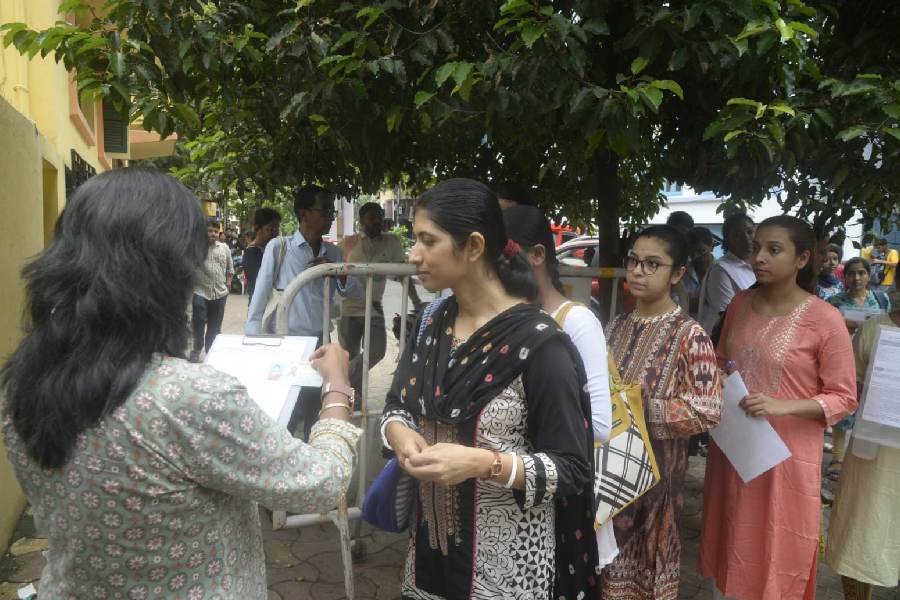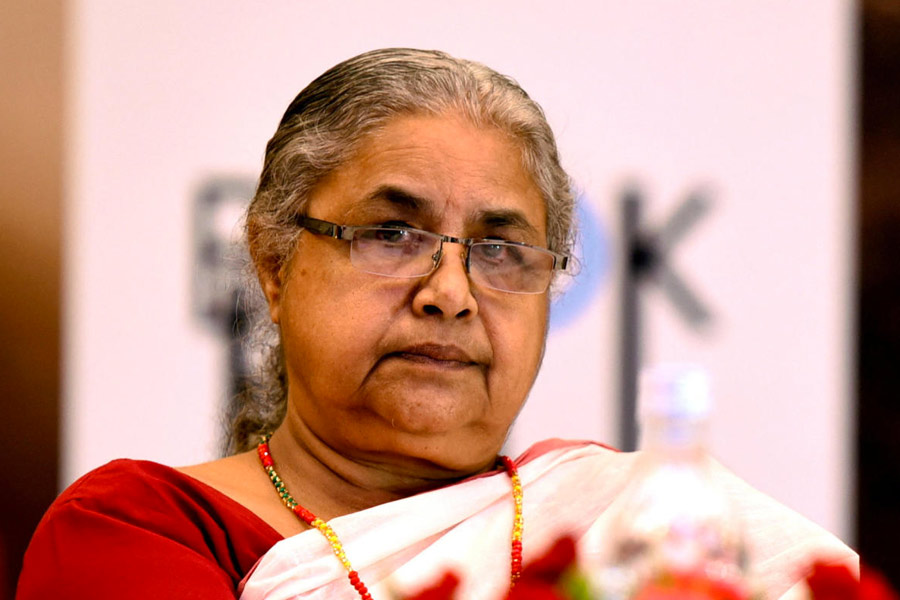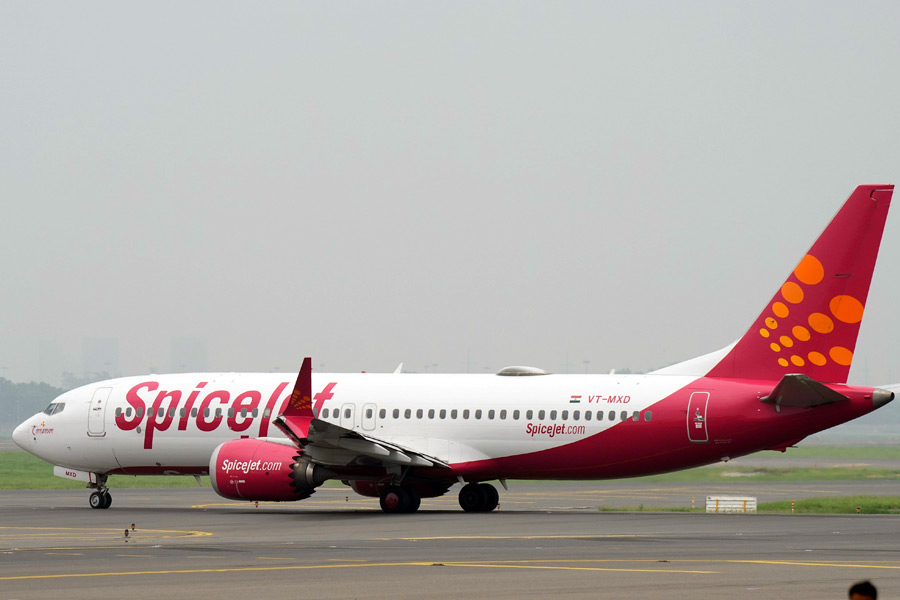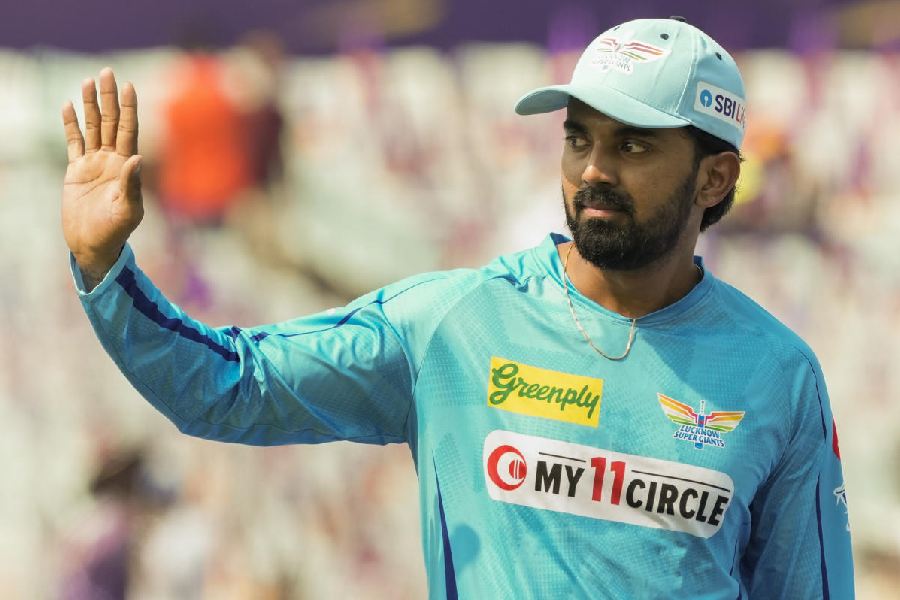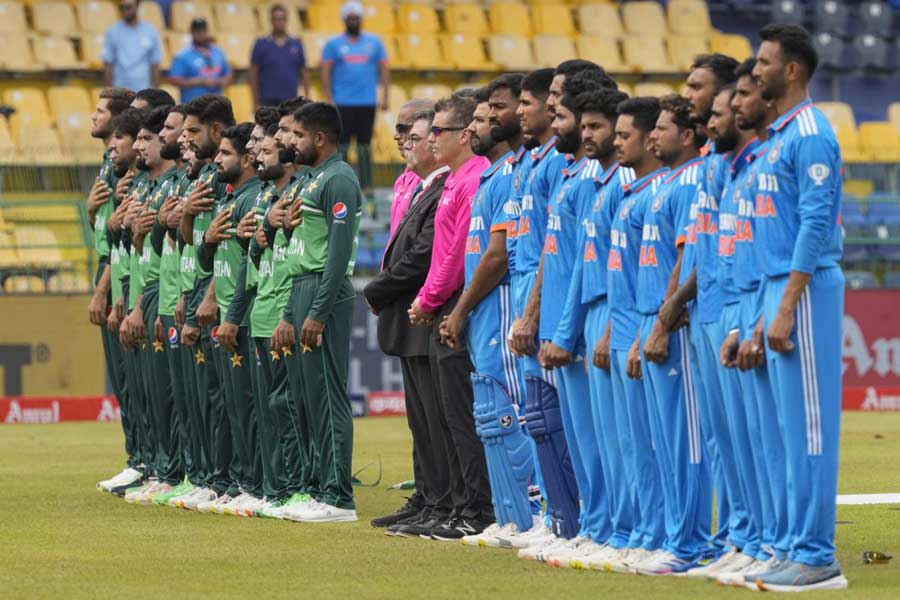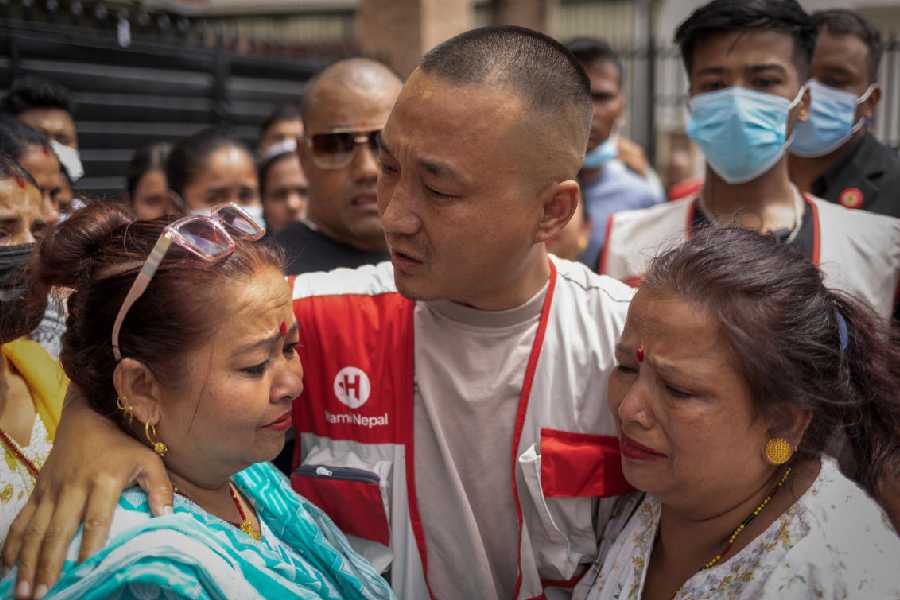That orchestrated adulation and cult-building will be constant features of Narendra Modi’s re-election strategy in 2024 are already evident. Anniversaries lend themselves to such orchestration. In April, it was the 100th episode of the radio show, Mann Ki Baat, that came in handy as a bandwagon for PM pleasers. There was a completely unreal quality about the heights to which Mr Modi’s image-builders elevated the episode.
Reports tell us that the Prime Minister’s Office marshalled this amplification, and every arm of the State was roped in: ministries, embassies, Raj Bhavans, and the postal department, which issued stamps and coins (https://thewire.in/politics/authoritarian-toolkit-mann-ki-baat-india-cult). An exhibition of Amar Chitra Katha comics, featuring people and themes mentioned in Mann Ki Baat and heritage sites mentioned by Modi, was held in Delhi, and a national conclave was organised at the Vigyan Bhawan which saw a starry turn-out of the film industry.
And this month, a party, which seems to depend heavily on the prime minister’s charisma for its electoral prospects, is getting ready to unleash a commemorative barrage for the ninth anniversary of the Bharatiya Janata Party government assuming office.
But first, let’s look at the radio show. In Mann Ki Baat on All India Radio, the prime minister celebrates himself, his fellow Indians, and the country’s achievements, in that order. It is a muddle of intentions with dollops of sentiment and cultural markers which he describes as a festival: “Parv ban gaya hai.” A festival of goodness, he says, because each time he shares the success stories of citizens. ‘For me Mann Ki Baat is not just a programme, it is faith, worship and resolve. Mann Ki Baat has become my spiritual journey.’ He tailors his oratory to the platform. The negativism of his election-time speeches is missing from his radio outreach.
The idea has been a masterstroke for a politician intent on denying the media its role as an interlocuter. With this forum, Modi the politician created a safe template for a seemingly two-way communication. Send the prime minister your responses. Send him your ideas. Tell him what you would like him to talk about. Then pick some of the feedback for recorded interactions on the show. On the 100th episode, small producers who had been featured on the programme before told him of the success the mention on the show brought to their little enterprises. ‘Vocal for local’, Modi would beam in response. And on one occasion — ‘vocal for global!’ — because a producer talked about how her lotus stem fibre products began to get orders from overseas after the prime minister mentioned them on his radio show.
The original Great Communicator in terms of using the radio to reach citizens and voters was Franklin Roosevelt in the 1930s, a Democratic Party president seeking a channel of political communication with his people in an era of conservative-dominated newspapers. Times were tough, it was the period of the Great Depression, and people needed to hear directly from their leader. The idea worked.
Mr Modi came up with his radio address on the occasion of Vijaya Dashami in 2014; he talked of good conquering evil and has, since then, systematically used the forum to expound on religious and cultural concepts. He talked of Charaiveti from the Upanishads in the 100th episode. Overall, the many episodes have tackled a multitude of subjects — grassroots producers, science and technology, India’s multi-faceted global conquest, and much else.
The folksy tone he attempts in this monthly conversation with people is belied by the visuals of assembled audiences seated on chairs in large halls in the YouTube rendition. They have been brought to provide an audience, no fire-side chat this. The prime minister himself is on radio, his image with a mike superimposed on a corner of the screen.
This 100-episode outreach has spawned a veritable cottage industry of impact studies by universities and institutes of management, with more in the works. Sycophancy has come to research.
However, barely 10 days after the prime minister celebrated his connect with the Indian people, an election in Karnataka — for which he held 19 rallies attempting to build on that connect — returned a comprehensive defeat for his party. So with the State media having done its bit, it’s time for others to step in.
Using co-option, coercion, and commandeering, much of the mainstream media has already been brought in line over these nine years and is waiting to play its part. The co-option has long been evident, particularly on some mainstream television channels. Anchors are eager to bat on behalf of the ruling party in studio debates. Coercion is what happens to journalists who file critical reports, and to the publications they write for. Central government agencies are unleashed on them. Both trends are well documented.
The commandeering refers to the process by which the Reliance Group collaborated to ensure the sale of substantial NDTV shares to the Adani Group so that a takeover of the channel could become possible.
Six months after NDTV’s acquisition, the network is being pressed into service on unequivocal terms. The long-time anchor, Vishnu Som, finds himself anchoring a hyper-adulatory series on the prime minister’s achievements in nine years, on the fronts of diplomacy, women’s empowerment, infrastructure, Jammu and Kashmir and welfare schemes. There will be an episode on how the BJP wins elections. Wait to see if it tells us how it loses them (https://www.ndtv.com/india-news/on-9-years-of-pm-modi-a- look-at-indias-meteoric-rise-in-global-affairs-4043417 ).
The first episode on diplomacy was titled, “On 9 Years Of PM Modi, A Look At India’s Meteoric Rise In Global Affairs.” Modi is more well-travelled than any prime minister before him: 67 foreign trips, we are told. “India has come to the centre stage because of our ability, particularly the prime minister’s ability, to work in partnership with different leaders and with different countries,” the G20 Sherpa, Amitabh Kant, tells NDTV.
And the commerce secretary of the United States of America, Gina Raimondo, tells us why he is the most popular world leader, even as former Indian diplomats cite virtues that make him a first among Indian prime ministers so far. Som tells you that the prime minister is “an unbelievable visionary.”
You wonder briefly whether NDTV would have sounded like this a year ago.
More significant than the adulatory programming was the announcement last week by the Adani-owned NDTV that it is planning to launch nine news channels in different regional languages. The disclosure has been made before the National Stock Exchange of India and permission applied for to the ministry of information and broadcasting. You need your assets in place to be an effective ally in a national election.
But the voters could spoil all that yet by going and voting on performance issues as they did in Karnataka.
Sevanti Ninan is a media commentator and was the founder-editor of TheHoot.org

